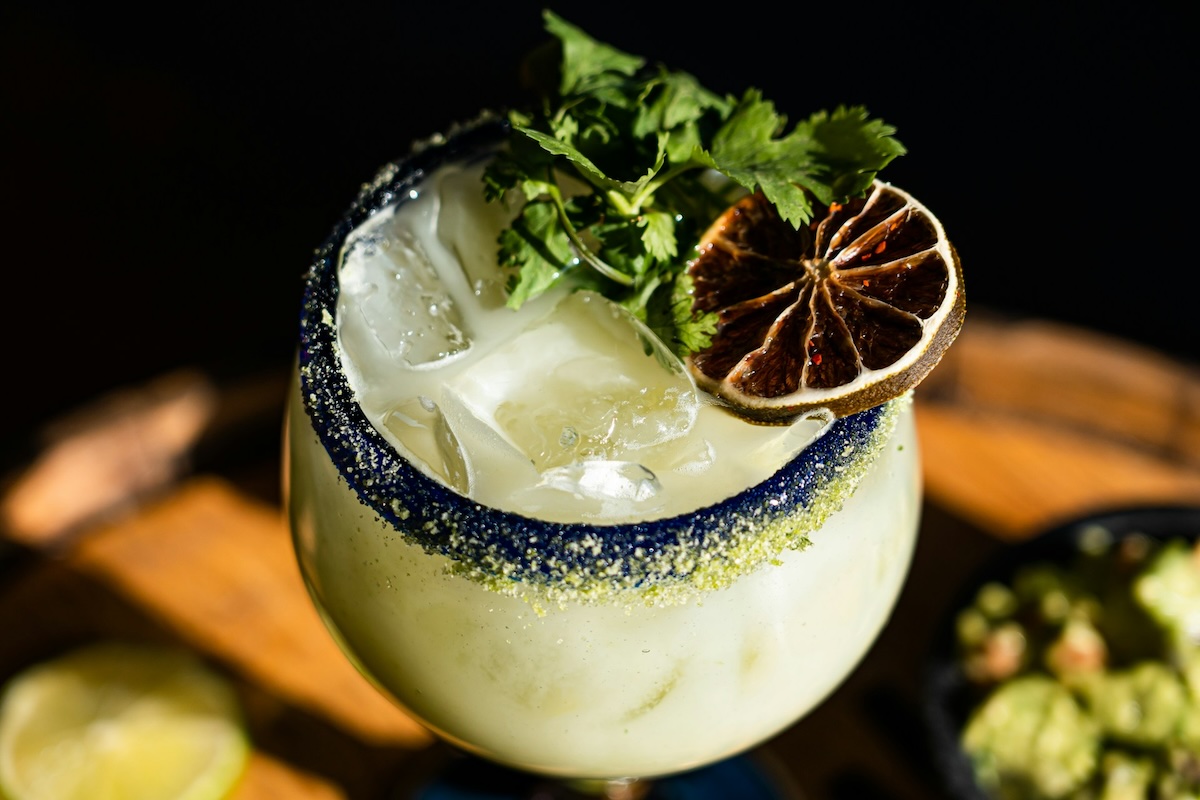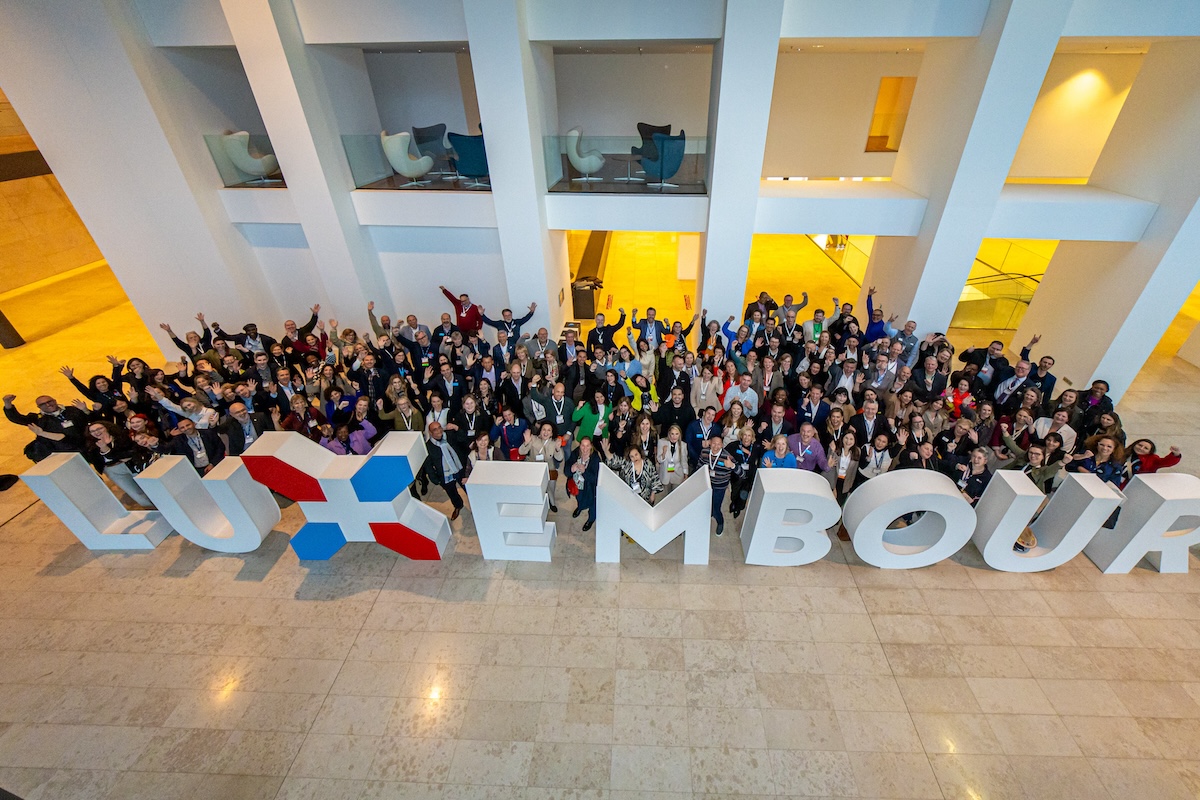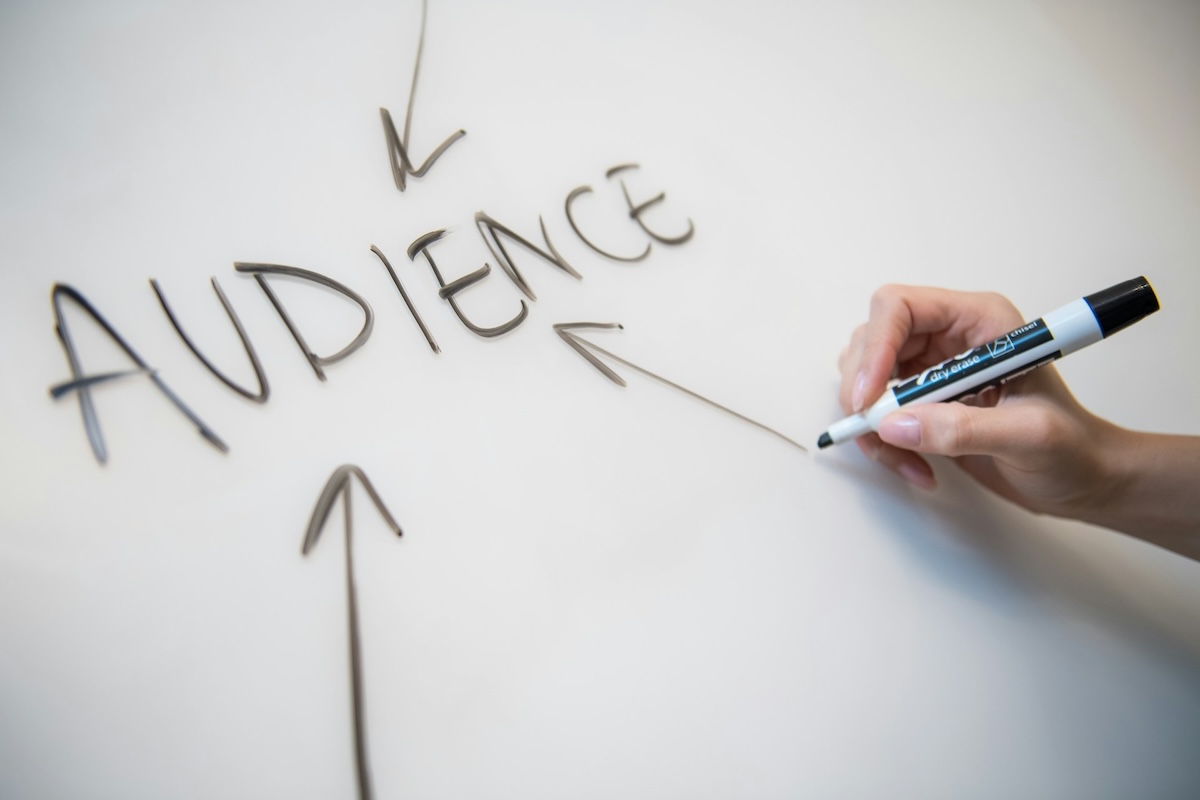Skift Take
Here’s a look at meeting planning trends that have passed and those that are being embraced with the arrival of a new year.
Discovering new approaches and inspiration can be an exciting process for event professionals. While they often find themselves juggling multiple tasks in the never-ending pursuit of excellence, those setting out with New Year’s resolutions of a professional ilk will want to know what’s trending. New takes on event design, client preferences and marketing could get business in ‘24 off to a roaring start. So, let’s take a look at what’s in and out for meetings in 2024.
What’s In
Whiskey and Coke – Hold the Whiskey
The compulsory activity of rubbing elbows during cocktail receptions has fallen out of fashion with younger event attendees. Mocktails, however, are in, according to Bonni Scepkowski, president and CSO of Stellar Meetings. “Mocktails are everything,” she says, adding that it’s preferable to collect attendees’ preferences for refreshments during the registration period.
Scepkowski recommends offering a signature mocktail with an option to add alcohol if desired. “It’s an easy way to keep it more inclusive and avoid alienating people.”
Independent Hotels
A personal touch can go a long way in 2024, according to Scepkowski. Many larger hotel chains tend to rely on templated approaches when working with planners. Conversely, independent properties rely on the business they garner and tend to place a larger emphasis on quality. “The upside to working with independent hotels is that you get a unique property,” she says. In her experience, this approach saves money and provides a higher level of service because independent hotels need to compete with big box hotels.
“They can’t do enough for you. They’re old school, they’re in hospitality, they’re still in hospitality,” Scepkowski says.
Make it Personal
The email templates of yesteryear are far less effective than utilizing any of the various marketing channels now available. “Personalized marketing is in,” says Dahlia El Gazzar, CEO of Dahlia+ Agency. She points to TikTok as an example of a marketing channel that delivers marketing messages among a slew of formats.
This approach can also be taken when initially reaching out to an audience of potential attendees. “You wouldn’t send the same email campaign to a first-timer that you would a ten-time attendee,” El Gazzar explains. “If you know your audience well, you have micro targets within your database that help highlight more relevant messaging to specific people.”
Microdosing Content
“Microdosing of events, content and information is going to be a thing in 2024,” El Gazzar says. It’s all about taking in information in smaller chunks, along with being in smaller groups. This approach enables attendees to take a breath from the white noise of the larger program and allows for a more impactful delivery of content.
“That means leaving white space within your program and for your people to meet and network and do a proper conversation exchange and connection exchange, ” El Gazzar says. Companies working with reduced marketing budgets or looking to reduce their carbon footprint may opt for micro conferences or mini summits that can be hosted in multiple cities with a model similar to a roadshow.
Plan for Wellness
Dami Kim, corporate wellness director at Body and Brain Wellness, says it’s not enough for companies to talk about wellness. Most approaches are ineffective without proper training and some level of understanding of one’s true self.
“Planners need to first be educated about the principles of wellness,” Kim says. “The mind-body connection is powerful because you become aware of your body tension, stress responses, habits, thoughts, emotional reactions, decision-making processes and more,” she said. A deeper understanding of how to let go of negative emotions is required for wellness activities to be truly effective.
Kim recommends partnering with a wellness organization that can offer training to prepare them for producing mindful events.
What’s Out
Bad Wifi
It goes without saying that bad Wi-Fi can derail an event. It’s one of the most nail-biting aspects of producing a successful event. Wi-Fi must be a priority from the outset. During the negotiation, functioning WiFi needs to be a stipulation baked into the contract as part of a service-level agreement. This also protects the client from paying for a service that was not delivered.
“If the Wi-Fi doesn’t work, it better be taken off my bill,” Scepkowski says. Contingencies, such as bringing portable satellite internet equipment, ensure that attendees will have Wi-Fi access during an event. However, it’s crucial to include the use of outside equipment in the pre-meeting agreement to avoid any additional fees.
Long Keynotes
Often, the most memorable aspect of any long-winded keynote was the immense effort made in not falling asleep. Providing audiences with speakers who drone on and on for an hour plus greatly risk wasting peoples’ time and money. “Plenary sessions are out,” El Gazzar says.
“The best approach to avoid putting attendees to sleep is to have four to five speakers who present for no longer than 15 minutes each,” she says. This approach provides a straightforward presentation of information that is easy for attendees to retain while leaving them wanting more. “You keep the dopamine high that way.”
Hybrid Meetings
“Hybrid meetings were a vital tool during the pandemic but have since morphed into more of a hassle than any sort of benefit,” El Gazzar says. Streaming an event provides virtual attendees with content on demand and doesn’t require planners to run two events simultaneously. However, “hybrid events require planners to create two separate events doubling the stress level.”
“Hybrid events almost require a team dedicated to a strategy nearly as extensive as an onsite event.” In order to create a successful hybrid event, according to El Gazzar, the virtual side requires its own sponsors, marketing, and cheerleaders.
Passive Wellness Offerings
Don’t expect attendees to release their stress and anxiety with random massage stations or dimly lit meditation rooms, says Kim. “I see the effort put into wellness at different events, but it doesn’t seem like it’s working because they are still stressed and tired,” Kim says.
Kim points out that events often over-stimulate attendees who are already stressed. Therefore, providing different wellness features without any proper guidance is not likely to give them any actual relief. “They need a more comprehensive and holistic approach with practical tools so they can experience how to truly be well and apply this into their daily life.”
Strict Dress Codes
“I strongly dislike dress codes,” Scepkowski says. “Business comfy is the way.” While wearing sweatpants may be a step too far in being casual, the pandemic created an atmosphere in the realm of work from home of being extremely comfortable with video conferencing, allowing employees to mix professional attire with pajamas. “We’ve all seen each other on video with no makeup and wearing whatever,” she says. “The best part is it’s allowed us to humanize ourselves.” The exceptions, Scepkowski explains, are events that are client-facing and require more formal dress.
Overcrowded Event Space
The stemming of the pandemic and the reemergence of events came with some required modifications – most notably social distancing. This required hotels and venues to provide larger spaces regardless of group size to ensure people could maintain six feet of distance from each other. That trend has since been reversed. “There seems to be a move to squish as many people as possible into smaller spaces,” Scepkowski says.
The cause for this, she explains, is hotels trying to sell as much space as possible. The square footage of a room booked needs to align with the number of hotel rooms and the food and beverage sold for the event. Planners must be diligent during site inspections, taking into account not only the number of attendees but also accounting for AV equipment and anything else that could take up space. “In the long run, comfort is everything in my perspective.”
Overpacked Agendas
“Overpacked agendas are a no in my book,” El Gazzar says, noting that piling too much onto the plates of attendees leaves them with little bandwidth for anything else. Events typically involve agendas that require attendees to meet early in the morning ahead of a busy day of sessions and workshops and can, at times, follow staying up late, drinking, and socializing.
“You need to provide people with breathers,” she says, adding that avoiding this pitfall is as easy as not scheduling back-to-back sessions, which can run the risk of becoming white noise to attendees. El Gazzar notes that providing more breathing room also creates the opportunity for attendees to engage and network among themselves.
Photo credit: Hybrid Storytellers / Unsplash





